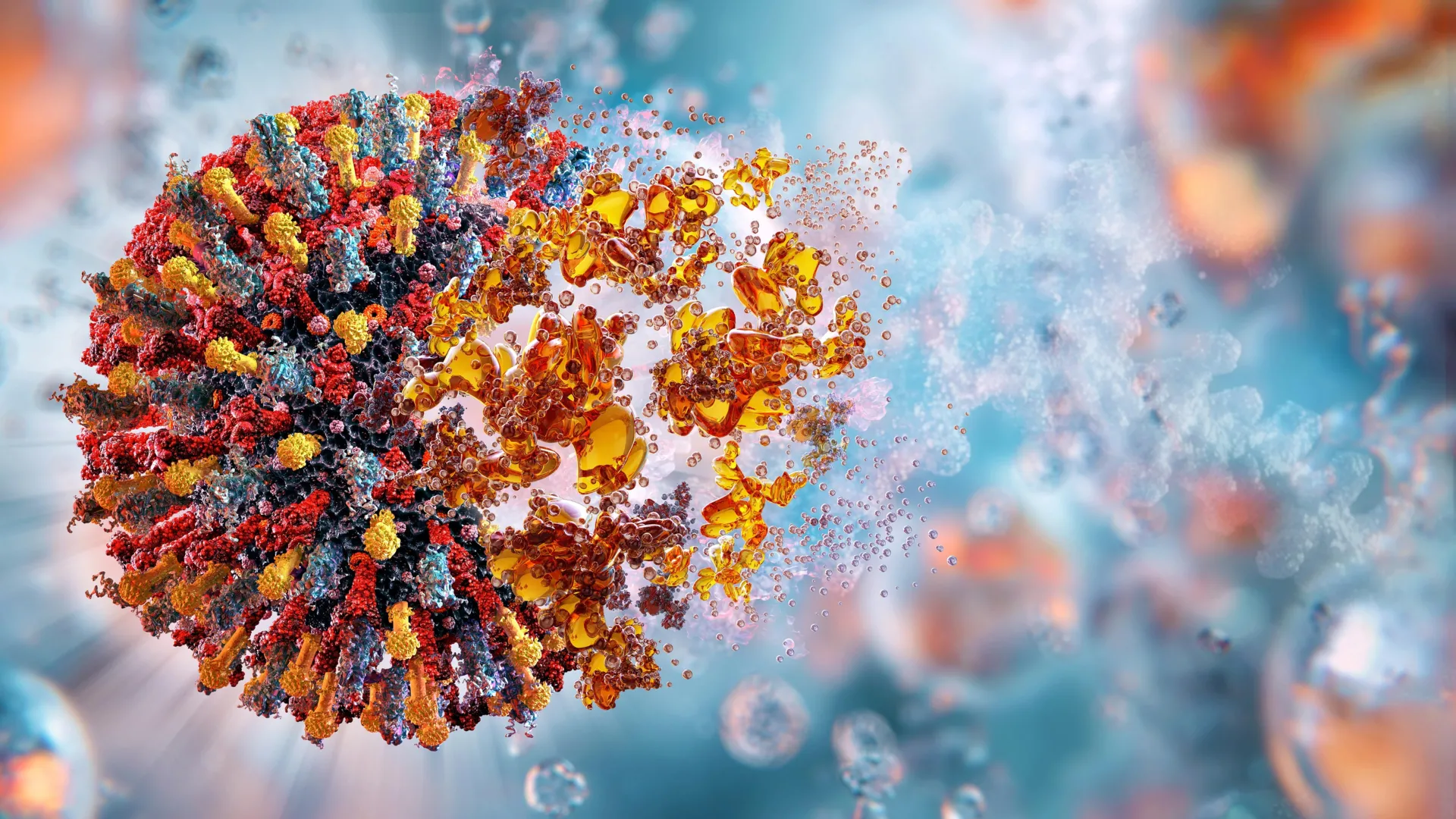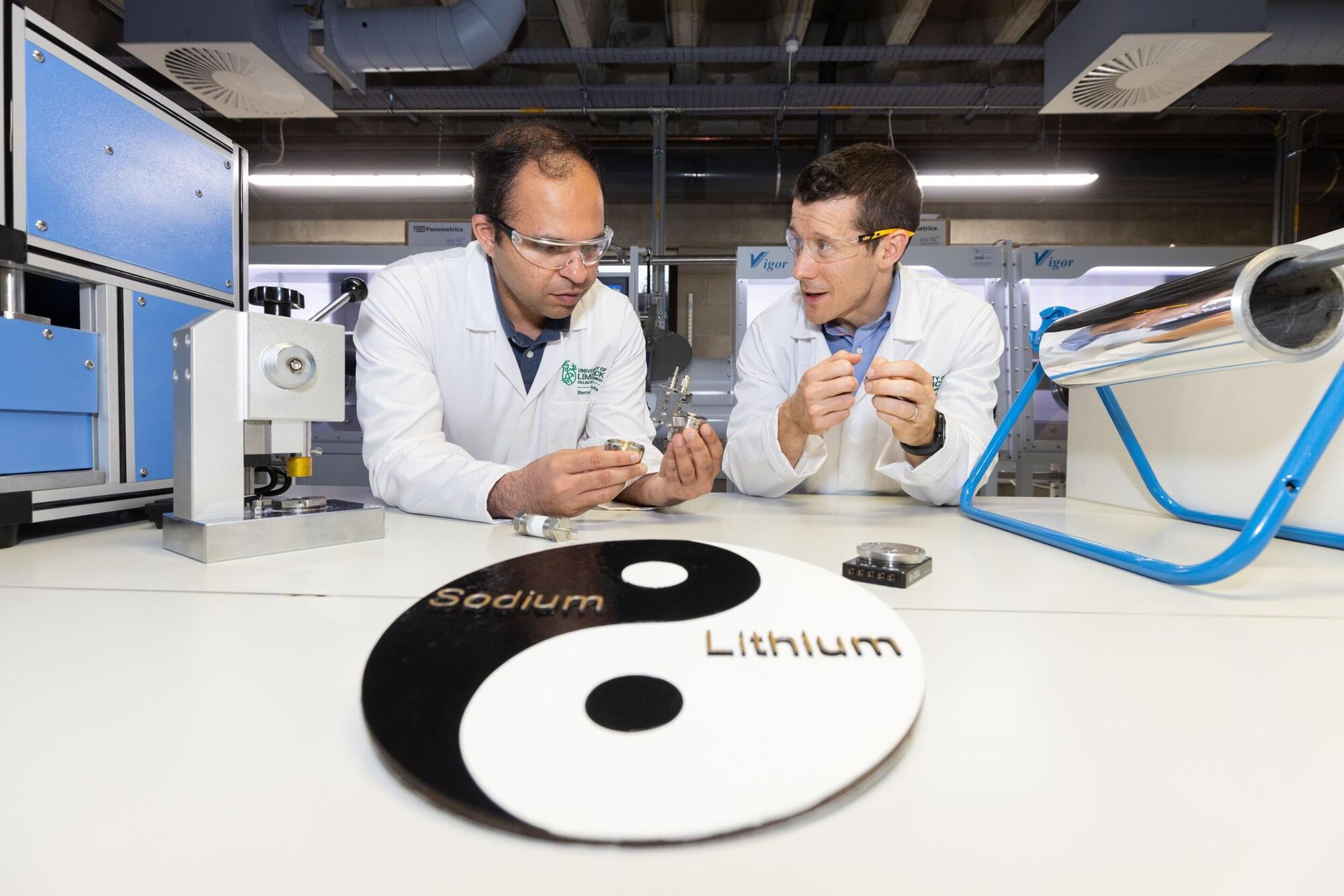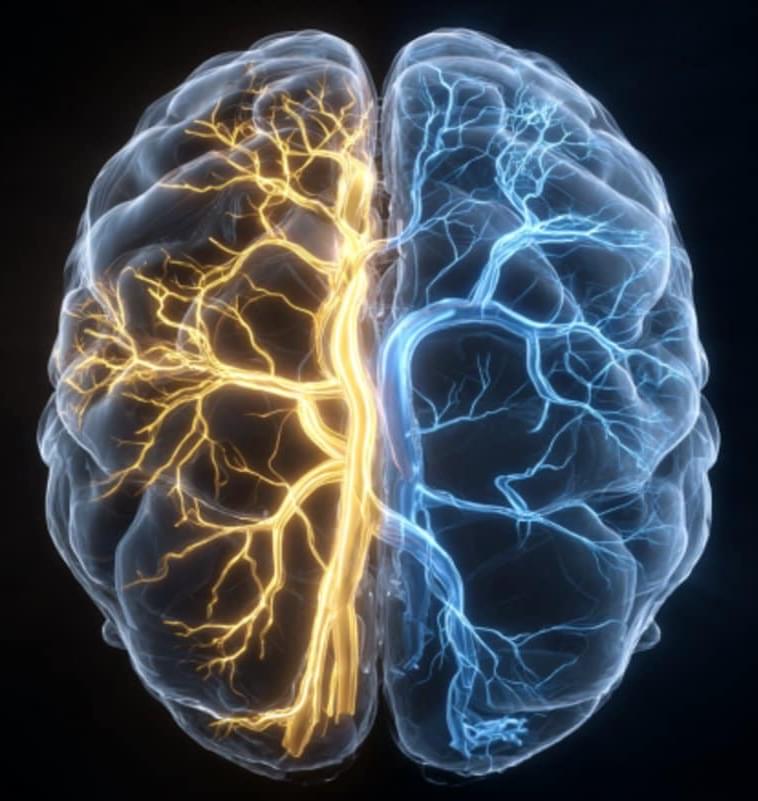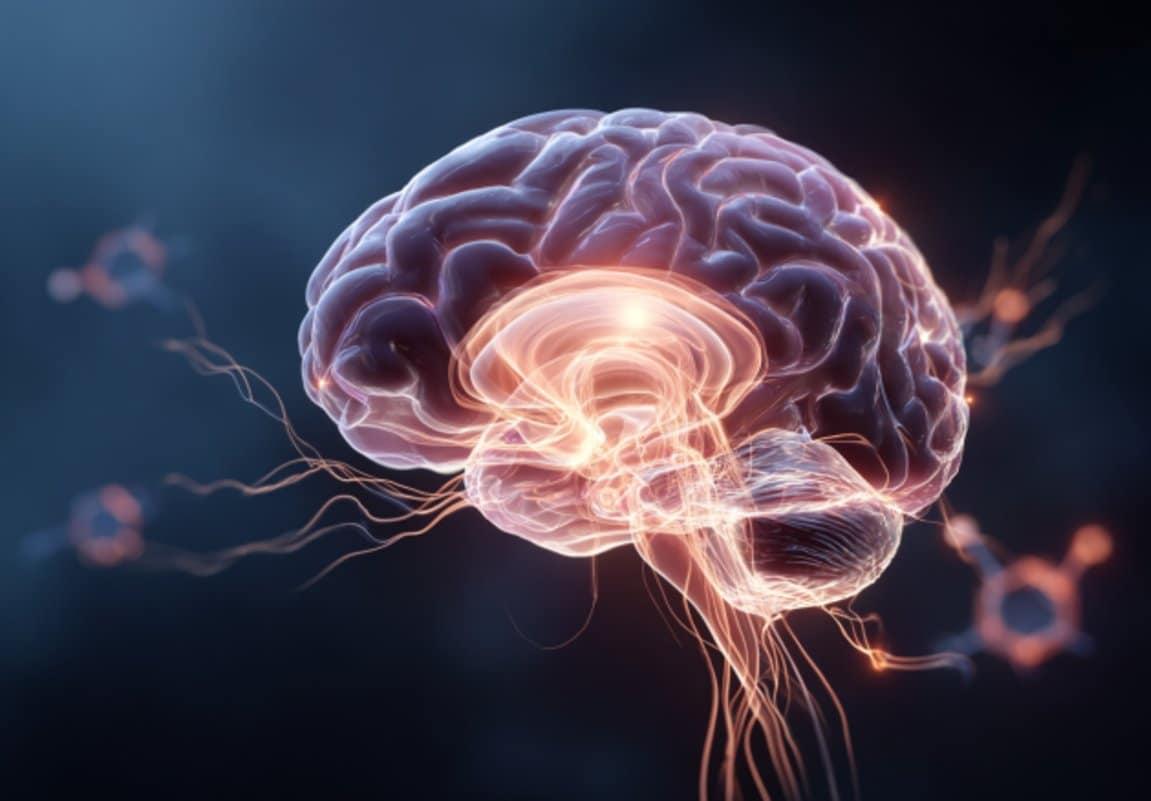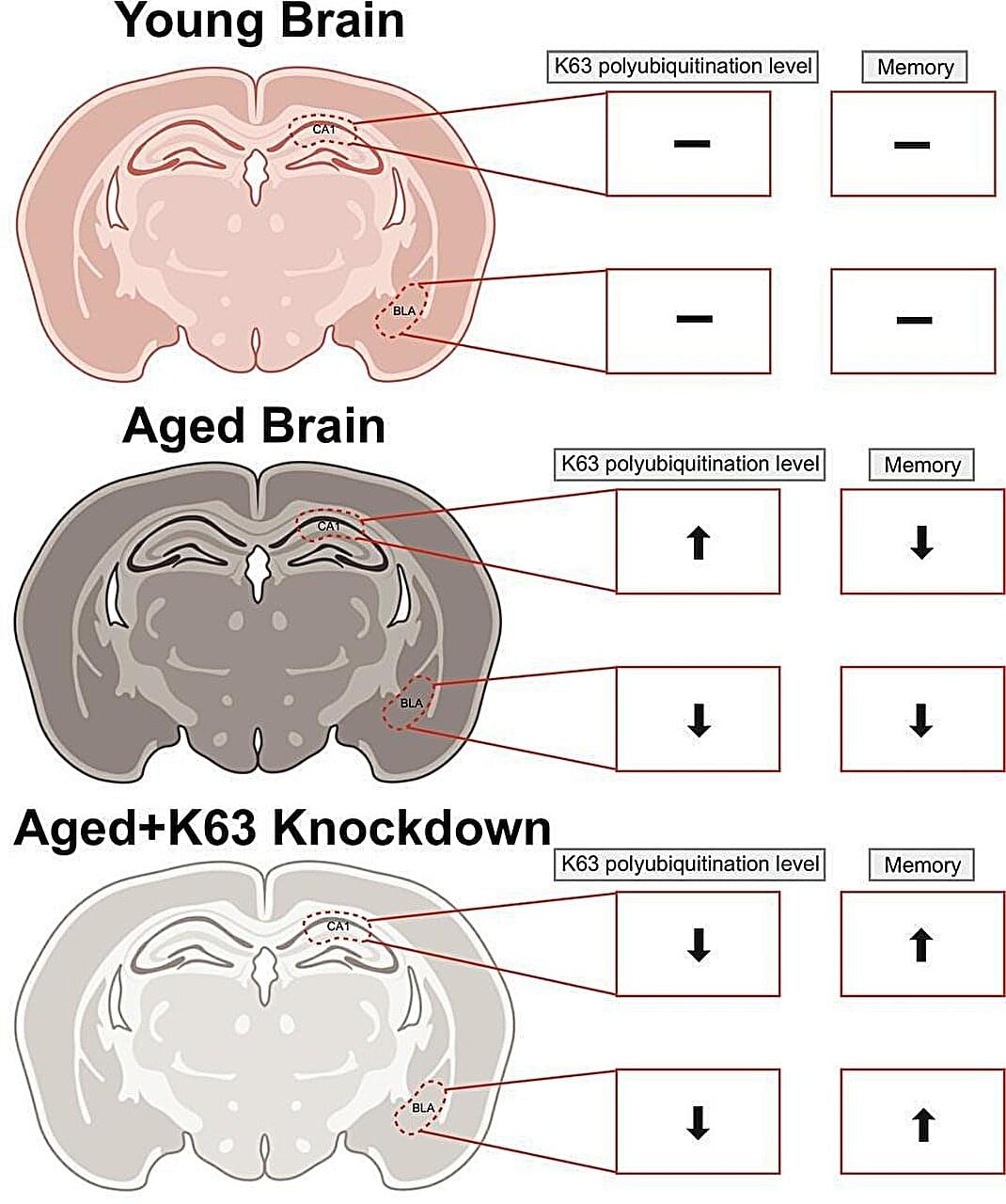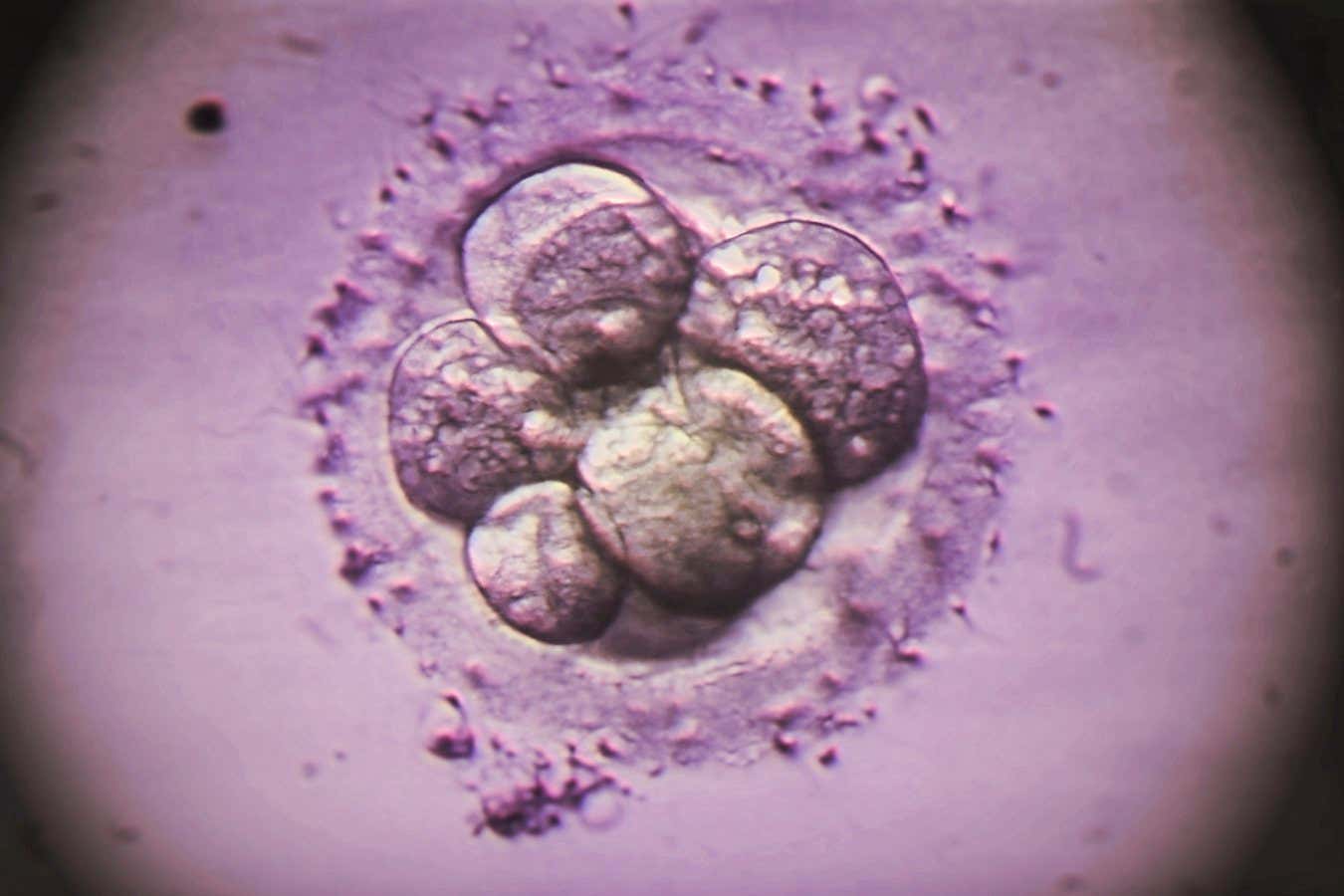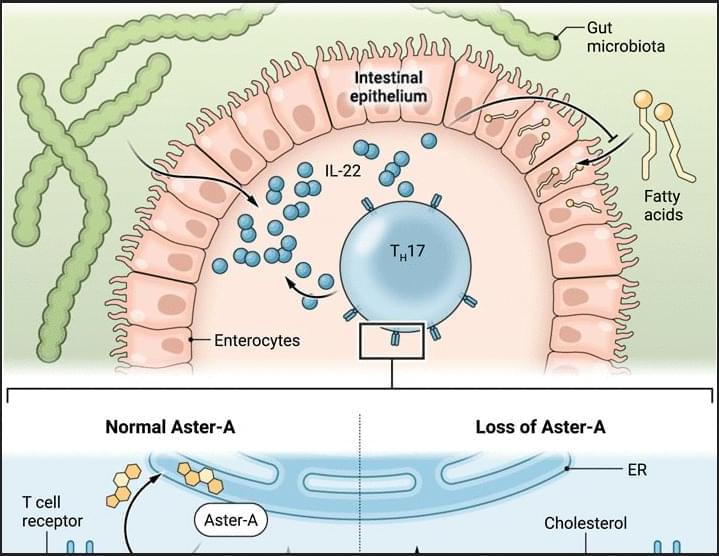Discover the hidden brain of the Saturn V — the Instrument Unit’s gyroscopes. Learn how these precision-spinning machines guided humanity’s most powerful rocket with unmatched accuracy, keeping Apollo on course to the Moon.
🚀 Every like, comment, and share helps keep Apollo’s engineering story alive.
If you liked this video, please share it with a friend and leave a comment below — it really helps the channel grow.
🚀 New Apollo episodes every week!
📘 Recommended Reading for Space Enthusiasts.
Explore the real stories, engineering, and people behind the Apollo Program — these are the best books to deepen your knowledge:
